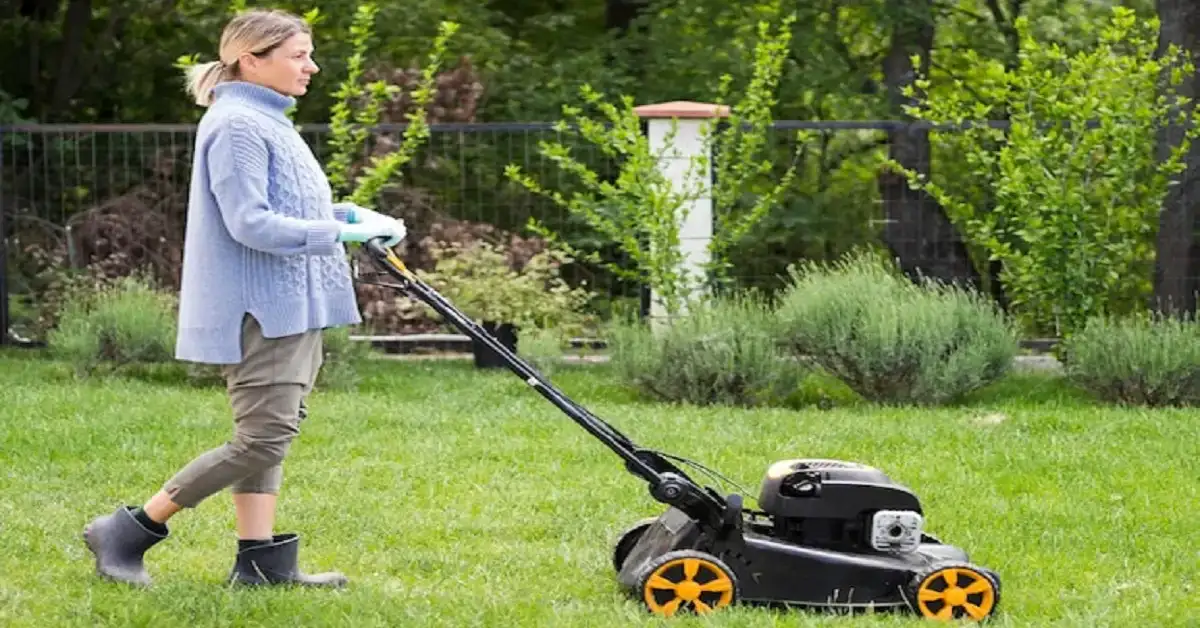Mastering Lawn Care: Your Complete Guide to a Thriving Green Space
The pride of a well-kept lawn for most homeowners is the lush, green area it offers for relaxation and recreation. The approach toward attaining and maintaining such health in lawns should cover not only cognition of the best practices but also consistency in their implementation. This guide will walk you through essential lawn care techniques and seasonal strategies that can keep your lawn vibrant throughout the year.
Lawn Care Basics
Grass Type Selection
First, you have to select the correct type of grass for your region and for the conditions of your lawn care. Cool-season grasses include Kentucky Bluegrass, Ryegrass, and Fescue-all of which do exceptionally well in cooler climates during spring and fall seasons. On the other hand, Bermuda, Zoysia, and St. Augustine are warm-season grasses, all capable of withstanding warmer climates and growing best during summer. Knowing what type of grass, you have will better equip you to adapt your lawn care accordingly.
Soil Health and Preparation
The entire lawn grows out of healthy soil. Start with a soil test to determine pH and nutrient levels. These tests can reveal if the soil needs adjustments in pH by adding lime to raise it, or sulfur to lower it. Organic matter such as compost will help improve structure, increase nutrient availability, and promote root growth.
Seasonal Lawn Care Tips
Clean-Up and Restoration
Spring is when you need to get your lawn ready for the growing season. First of all, it is time to clean up some debris such as leaves and branches that remain on the lawn and act like a barrier to sunlight and fresh air reaching the grass blades. If your lawn has more than an inch thick layer of thatch-that fibrous layer of organic debris-use a rake or a dethatching machine to improve airflow and nutrient delivery to the root zone.
Fertilization and Aeration
It is also equally appropriate for spring fertilization. For healthy growth, one may apply a balanced, slow-release type of fertilizer. A very good idea is to aerate your lawn to take proper care of the soil. Core aeration, which involves pulling small plugs of soil, decreases compaction in the soil and leads to easy access to important nutrients and water for the roots.
Summer Care
Drought Tolerance/Watering Wisely
Proper watering is crucially important in summer. Keep an average supply of about 1 to 1.5 inches of water per week, including rainfall. Water deeply and infrequently to encourage deep root growth. The early morning is the best time for application since a lot of evaporation may take place at this time of day and minimize the risk of fungal diseases.
Mowing and Pest Control
Regular mowing helps a lawn stay healthy and looking its best. Mow your grass at a compatible height with your grass type, usually in the range of 2.5 to 3 inches. Sharp mower blades cut clean and minimize grass stress. Keep in mind that it might also be an excellent time to check for lawn pests or diseases. If any problem exists, you should immediately address that problem using the proper treatment to aid in preventing potential long-term damage.
Fall Preparation
Fertilization and Overseeding
When it begins to cool down, you will want to prepare your lawn for winter by using a high-potassium fertilizer. Autumn is also the perfect time for overseeding. This involves spreading grass over the existing lawn to increase density and fill out bare spots. This strengthens a lawn to make it resistant to wear and tear while it reduces the growth of weeds.
Leaf Management
Regular clearance ensures that fallen leaves do not create a thick layer over the grass, which would be starving it and even breeding mold. Use a rake or leaf blower to clean up your lawn so that it may be in a better position to receive sunlight.
Conclusion
Proper care involves the art of proper selection of grass, soil management, and seasonal maintenance of the lawn. If you follow this guide and stay attuned to what your lawn requires, you should be able to build and maintain a lush, healthy lawn that adds attractiveness and use to your outdoor space throughout the year. Indeed, with proper care and timely intervention, your lawn can be one of the beautiful sights and sources of joy for many years to come.


